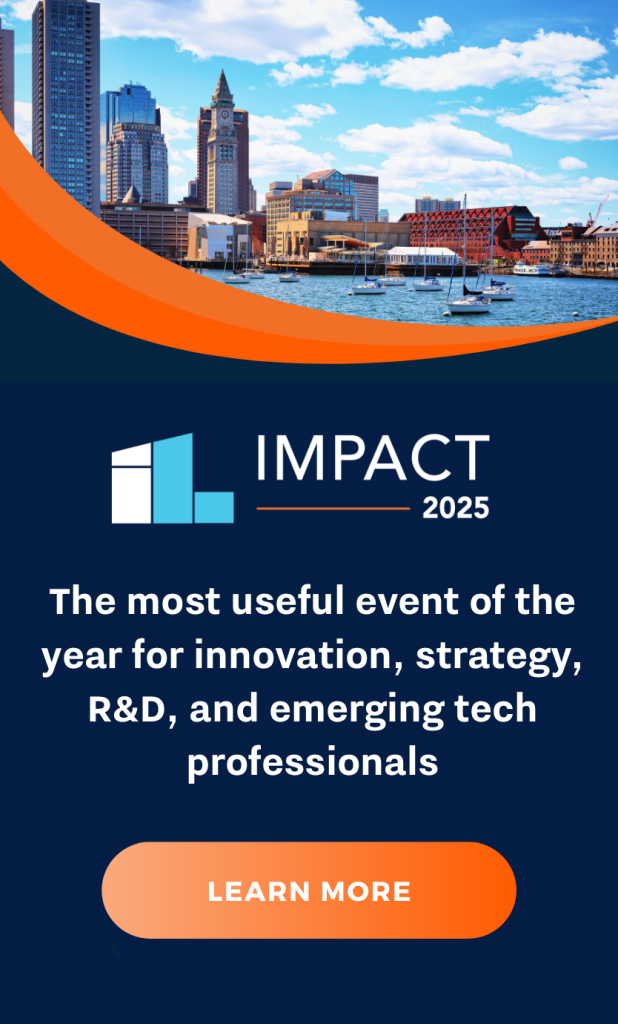Our Report TL;DRs serve up a quick look at recently-published reports worth paying attention to, and sharing with your team. Important note: our editorial team and contributors select these. The firms producing these reports don’t pay to be featured.
• • •

Report Title
Boosting Your Bottom Line Through Decarbonization — BCG and CO2 AI
Published
September 17th, 2024
Most Useful For
C-Suite and other portfolio owners, heads of ESG, and business unit innovators — especially those charged with sustainability and decarbonization goals.
Data Sources
Primary data comes from a global poll conducted in 2024. This poll builds on prior surveys conducted in 2021, 2022 and 2023. The current poll and report were facilitated jointly by AI decarb platform CO2 AI and BCG. The executives polled from those nearly 2,000 global companies represent about 45 percent of worldwide greenhouse gas (GHG) emissions.
Key Points
- Most global companies are lagging in decarbonization, with only 9 percent comprehensively reporting on Scope 1, 2 and 3 emissions. And, only 11 percent have reduced their emissions in line with their goals.
- BRIC countries are outpacing others – Brazil, China and India lead in their target setting, reporting and reductions. This is due to their aggressive adoption of energy efficiency technologies as they build out their growing economies.
- Coordination with the entire supply chain distinguishes the leaders. 75 percent of them have inked joint reduction agreements with their vendors and suppliers and are acting in concert. More than half do the same with their customers.
- AI is enabling firms to systemically and automatically measure their Scope 3 emissions at the SKU or product level. Measuring these “product carbon footprints” (PCFs) makes a firm four times more likely to hit their overall targets.
- 25 percent of companies polled for this report are already seeing direct financial benefits from their decarbonization work (reduced costs and increased revenues), equivalent to 7 percent or more of their global sales.
One Great Slide

How to Apply These Insights
Planning Matters: companies that develop and commit to comprehensive climate transition plans see higher returns on their climate investments (lowered operating costs, tax benefits, increased revenue), plus indirect benefits (repetitional value, resiliency, compliance, etc.)
Engage Upstream and Downstream: Since typically 98 percent of Scope 3 emissions come from supply chain partners, it’s key to engage all of them ideally in coordinated targets. Engage your customers downstream through education on less carbon intensive uses of your products and EOL disposal.
Rigorously Target, Measure, and Report: It’s the boring part, but it matters. You must methodically measure all emissions, at the product level, ideally in an automated way. And then report and share your data through industry and government channels.
Questions to Discuss with Your Team
- How are we setting targets and reporting them?
- To the extent we are hitting targets, how are we showcasing our wins?
- Have we engaged our supply chain partners yet to get specific handles on each of their contributions to the overall net emissions?
- Have we yet procured any renewable purchase power agreements (PPAs)?
- Have we surveyed our customers to test low-carbon alternative products?
- Do we have the capability to measure product-level carbon emissions — and can we get a boost with an AI solution?
























































